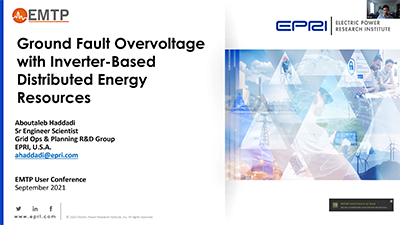Access to EMTP user presentations, webinars, and slide deck presentations.
58 presentations for line:
Author(s): Umesh Sen - Power Grid
Type:Technical Presentation
Downloaded: 3
Date: 2021-06-21
Abstract
To meet the increasing power demand, a number of extra high voltage (EHV) transmission lines is being added to the power system network, which enhances the complexity of power system network. It is es... see moresential duty of power engineer to fulfill the growing demand ensuring the reliability, stability & security of GRID. Transient simulation tools like EMTP play a vital role to provide the flexibility to power engineer for simulating/studying the various case scenarios which couldn’t be simulate in physical power system.
Such tools eventually help power engineer to build a sustainable and secure GRID. In POWERGRID, being a central transmission utility, various studies are being carried out to arrive the technical particular of new transmission system and optimize or fine tuning of existing system. Some of them i.e. Transient Recovery Voltage (TRV) study of 1200kV Transmission network, Smart Power from insulated earth wire of EHV transmission line and 1200kV Transformer Inrush current study are discussed in presentation. 1200kV National Test Station was established & successfully charged along with the transmission line in state of BINA in India.
TRV study was carried out for assessment of various test duties of 1200kV Circuit Breaker. Presentation cover the detailed discussion of 1200kV TRV study and a brief about the facilities like HIL, HVDC control Replica setup, STATCOM replica setup available at Powergrid Advanced Research and Technology Centre (PARTeC).
Author(s): Sofía Aparicio, Andrea Pizzini, Nicolás Morales - UTE
Type:Technical Presentation
Date: 2021-06-21
Abstract
In order to obtain the distances required to perform live working maintenance on the Uruguayan transmission network under secure conditions, electromagnetic transient (EMT) studies are conducted to ob... see moretain the maximum switching overvoltage that can be found in 500-150 kV transmission network. Two different approaches were considered for these studies. On one hand, a simple approach is used, analyzing line switching transients on simplified two line network models. On the other hand, a detailed approach is considered, analyzing line switching overvoltage transients on a complete network model.
This complete model considers 500 kV and 150 kV overhead lines, 500/150 kV transformers, cables, reactive power shunt compensation, hydraulic and thermal generators. Electromagnetic transient studies and the complete network model are performed in EMTP software. Finally, a comparison between the results obtained considering each approach is performed.
Author(s): N.K.Nathan - KNR Engineers
Type:Technical Presentation
Downloaded: 11
Date: 2021-06-17
Abstract
Gas Insulated Substations provide cost effective solution due to reduced land requirements particularly in metropolitan area where power demand is registering steep growth. With the use of GIS technol... see moreogy, it is required to assess the risk of failure due to overvoltage. The Insulation Coordination study forms a very important aspect in design stage. This presentation deals with the IC study carried out for a large – 765/400/220kV GIS substation in a SUPER THERMAL POWER STATION in UTTAR PRADESH.
Due to the decreasing ratio of lightning impulse withstand voltage to the system voltage, the difference between LIOV and VFTO decreases and this factor calls for VFTO performance analysis for 765kV GIS as well.
The discussion includes modeling of Extra High Voltage GIS, Temporary Overvoltage (TOV), Lightning Impulse Overvoltage (LIOV), Switching Overvoltage (SOV) and Very fast transient Overvoltage (VFTO) performance analysis on 765kV GIS substation.
TOV typically caused by fault to ground, load rejections and energization of long lines are analyzed to decide the rating of the surge arrester.
LIOV simulation studies are carried out for possible onerous paths including longer and short paths to decide the location of the arrester. SOV analysis deals with the overvoltage due to switching operations during line energization, re-energization and fault occurrence and clearance.
The LIOV and SOV results have been validated with reference to protective levels prescribed. The VFTO analysis is performed with various GIS disconnector operations in accordance with the methodology and guidelines as per CIGRE WG D1.03-TB 519 and the results are validated with the limits specified.
Keywords: Insulation Coordination, VFTO, EHV, GIS, 765kV, Protective ratio.
Author(s): Paul VERRAX - SuperGrid Institute
Type:Technical Presentation
Date: 2021-06-17
Abstract
This presentation focuses on voltage and current sensors modelling and its application on a transient based protection algorithm within a 4-terminal HVDC grid simulated in EMTP.
Fully selec... see moretive protection strategies for meshed HVDC grids need very fast DC fault identification and isolation which constitutes one of the main locks for large deployment of such grids. Transient based fault identification algorithms based on the modelling of the voltage and current traveling waves are seen as a promising solution to achieve fast fault identification. In addition, such algorithms are able to estimate the fault parameters such as the fault distance using local sensor data.As a model based approach, the accuracy of the sensors may impact the fault identification results as well as the precision of the estimated fault parameters.
In depth sensitivity analysis for different parameters of the sensor are carried out to outline the influence of the sensor characteristics on the fault identification results as well as the accuracy on the estimated fault parameters.
Author(s): L. Czumbil - Technical University of Cluj-Napoca
Type:Technical Presentation
Date: 2021-06-16
Abstract
During the last decades, environmental and economic reasons impose that gas or water pipelines share the same distribution paths with high voltage or medium voltage power lines, to restrain the financ... see moreial and the ecological costs. Therefore, the cases where underground metallic pipelines and power lines share proximal rights-of way for considerable lengths are a common practice.
The electromagnetic interference of power lines upon the metallic buried pipelines is an issue of priority, to avoid the development of induced voltages that could jeopardize the safety of the personnel and the integrity of the pipelines structure. Indeed, the developed voltages and currents can be dangerous for people who touch metallic structures connected with the pipelines or just stand nearby.
Moreover, the induced voltages can result in the corrosion of a pipeline due to electrochemical effect, leading to repair or/and replacement costs and environmental repercussions.
It is worth mentioning that the interference comprises an inductive, a conductive and a capacitive part. The capacitive part can be safely ignored in the case of buried pipelines, since the conductive component is considered only under fault conditions and affects the part of the pipeline near the faulted structure.
The inductive component is present both during faults and normal operating conditions and is the dominant one. Due to the inductive interference, voltages and currents are induced in a buried metallic pipeline.
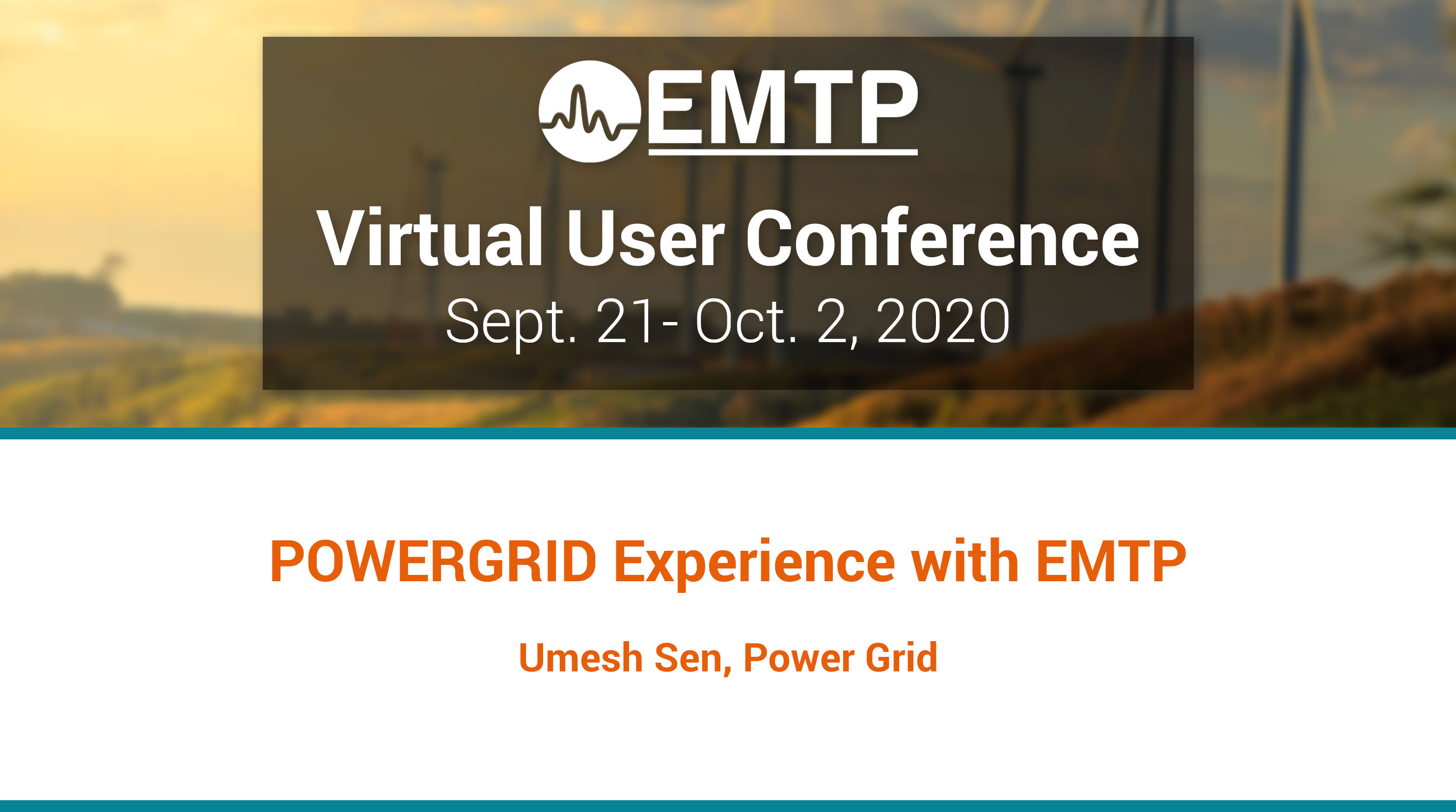
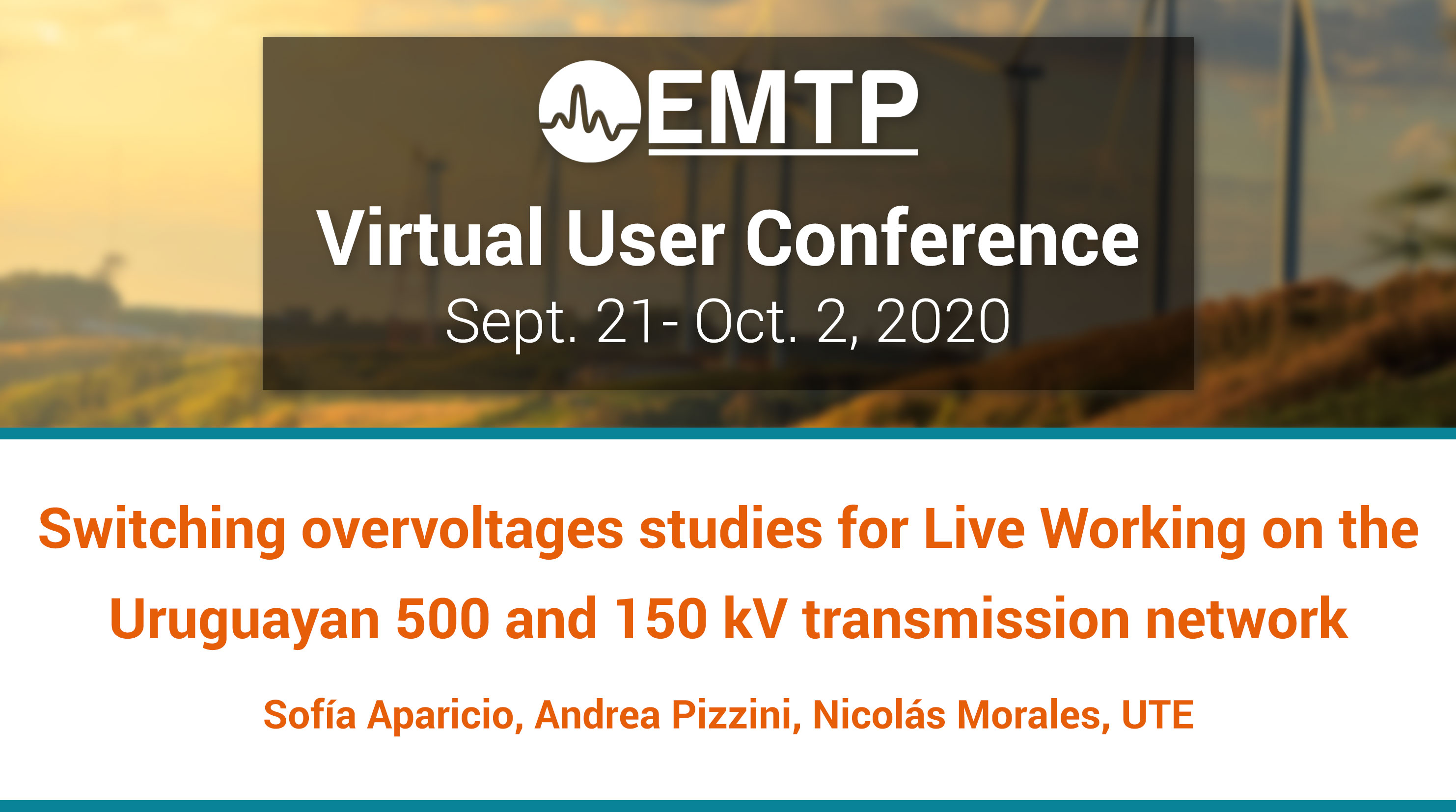
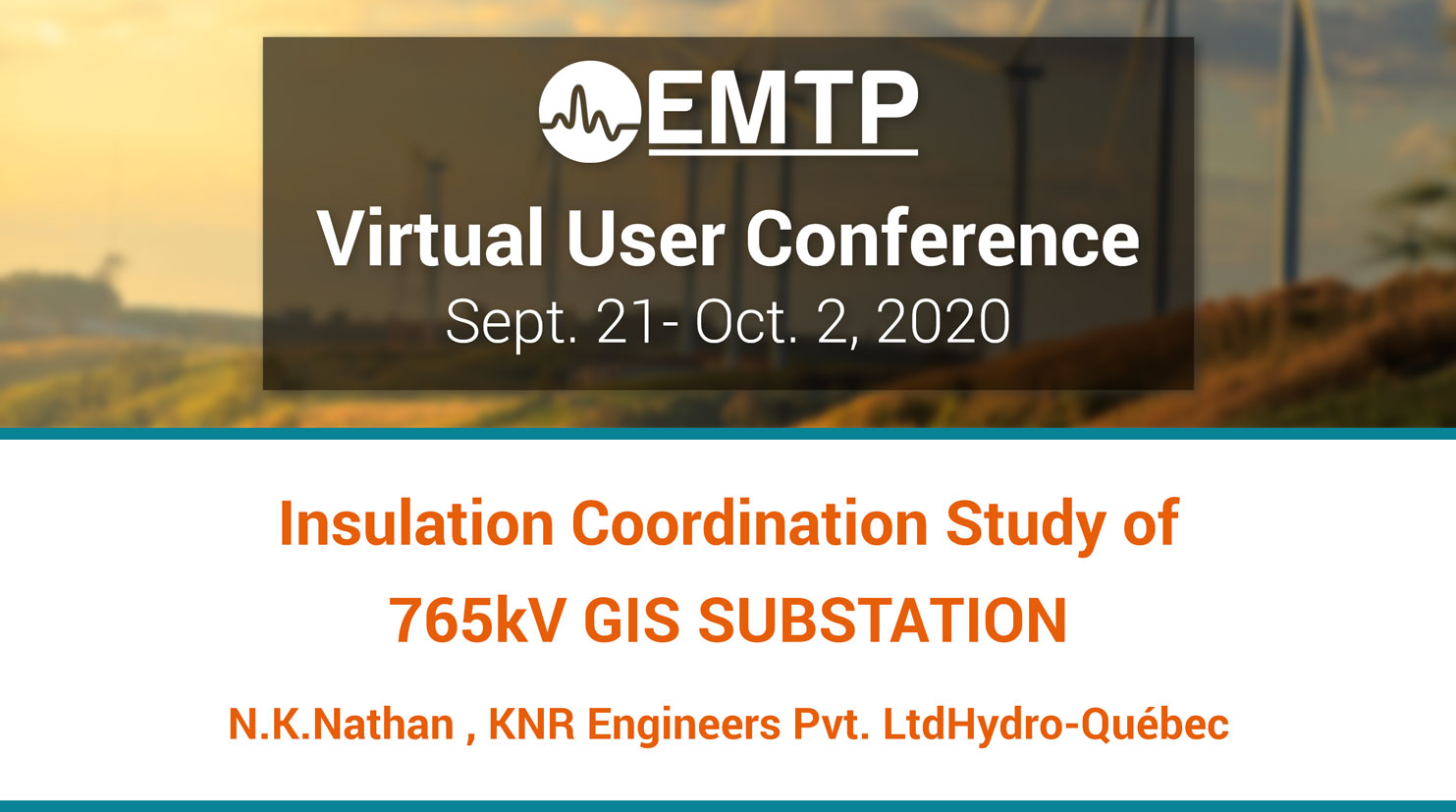
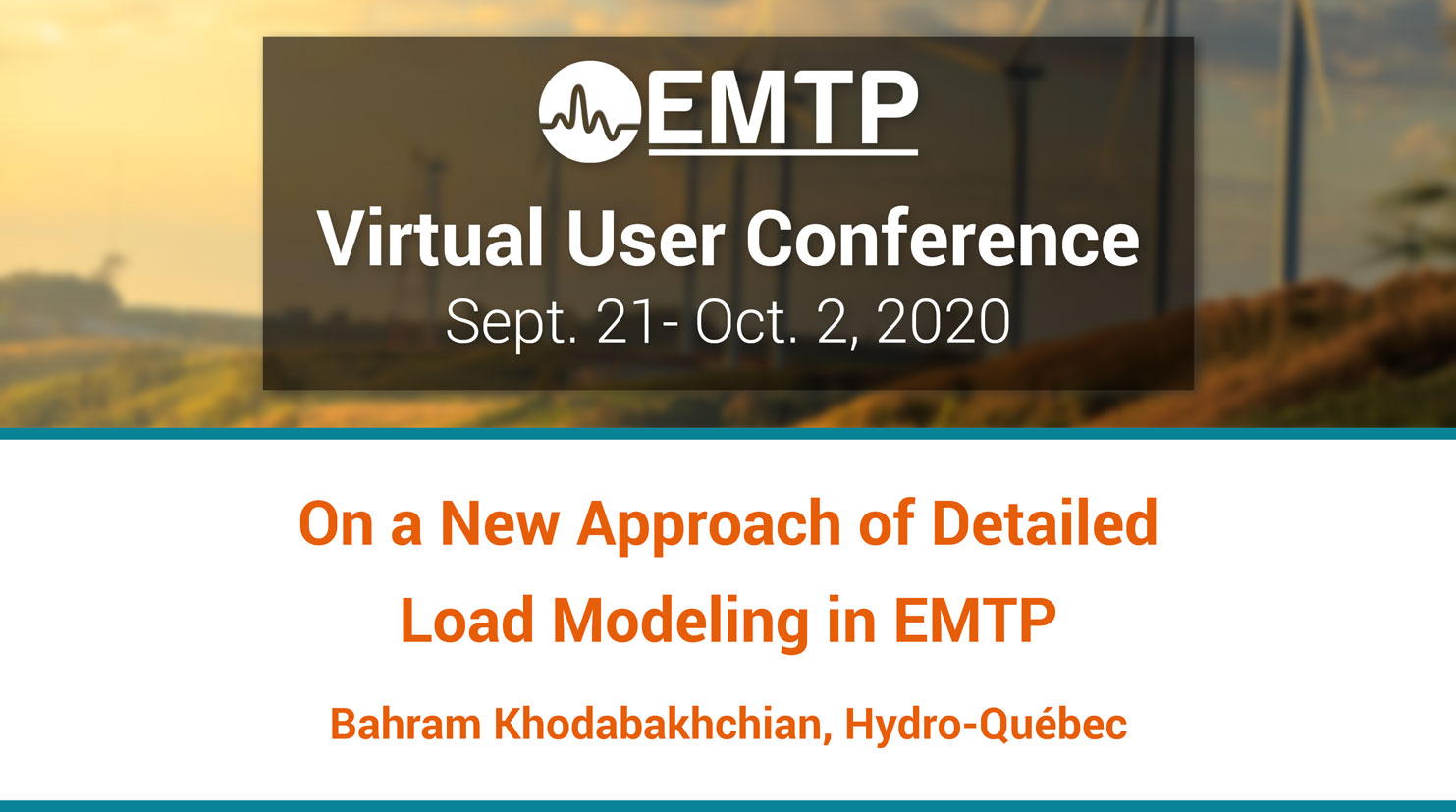
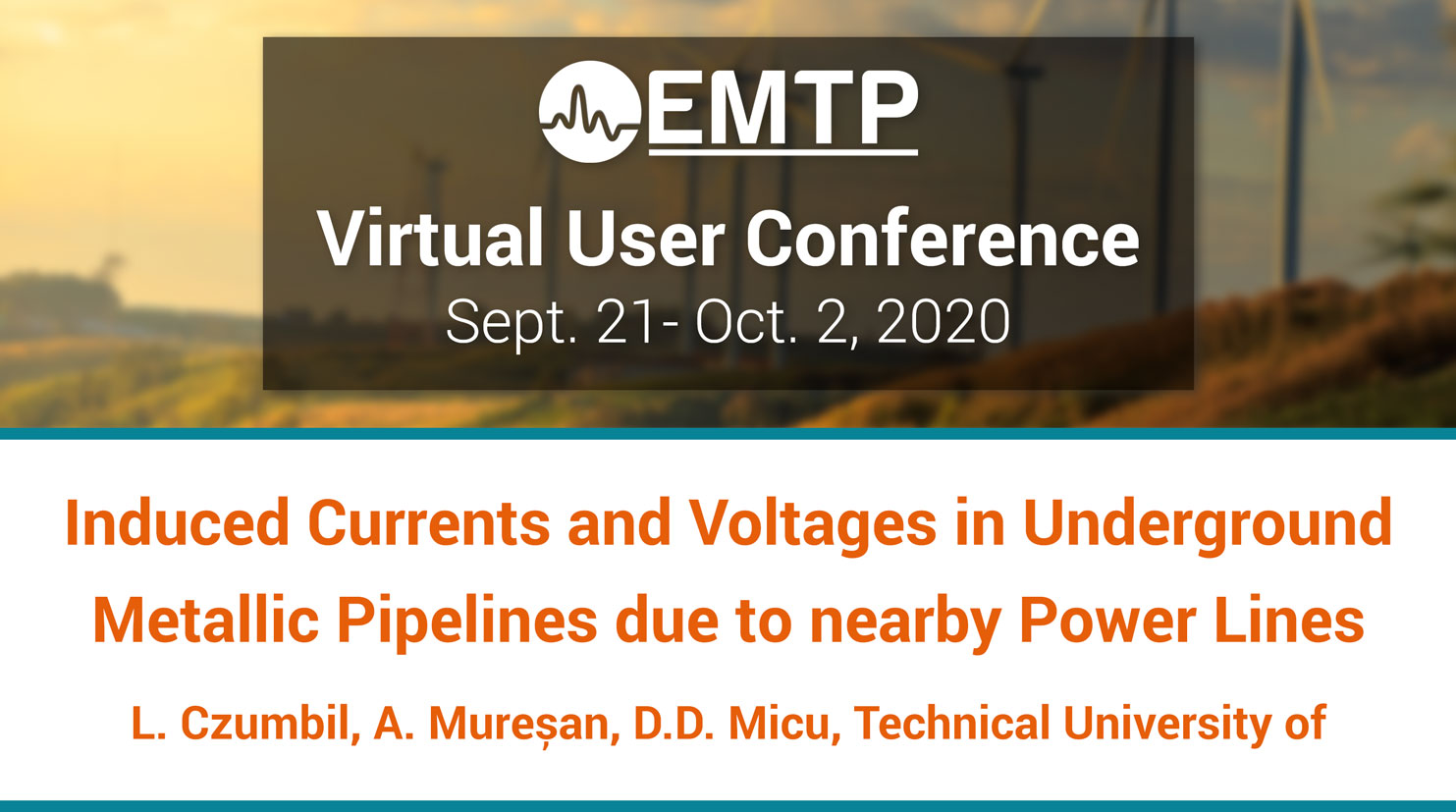
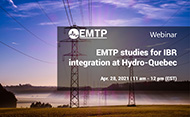
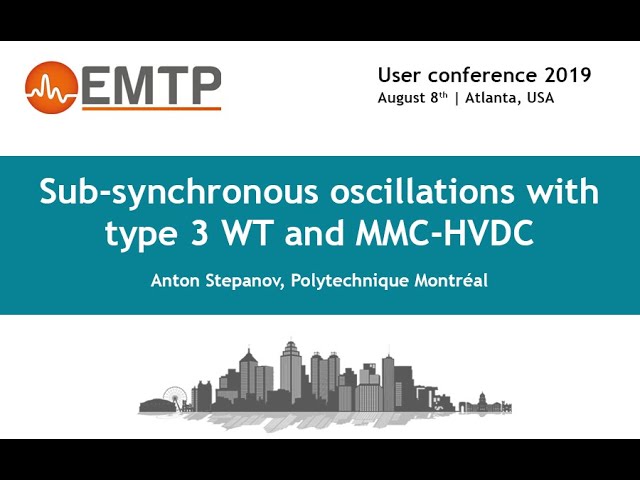
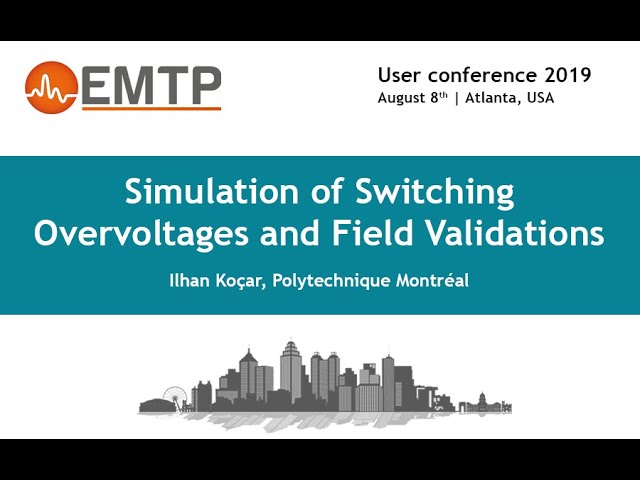
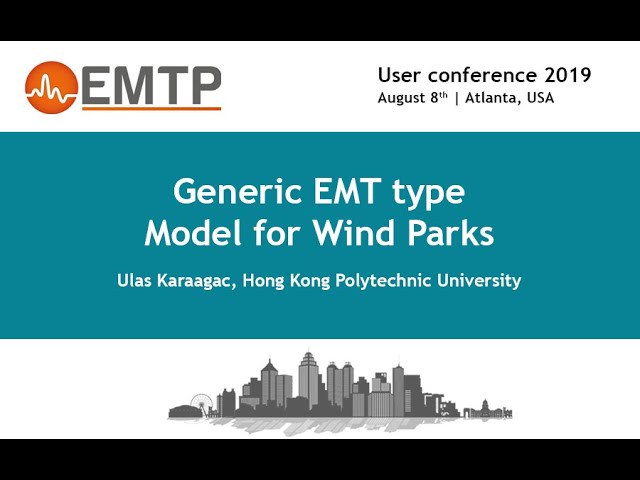
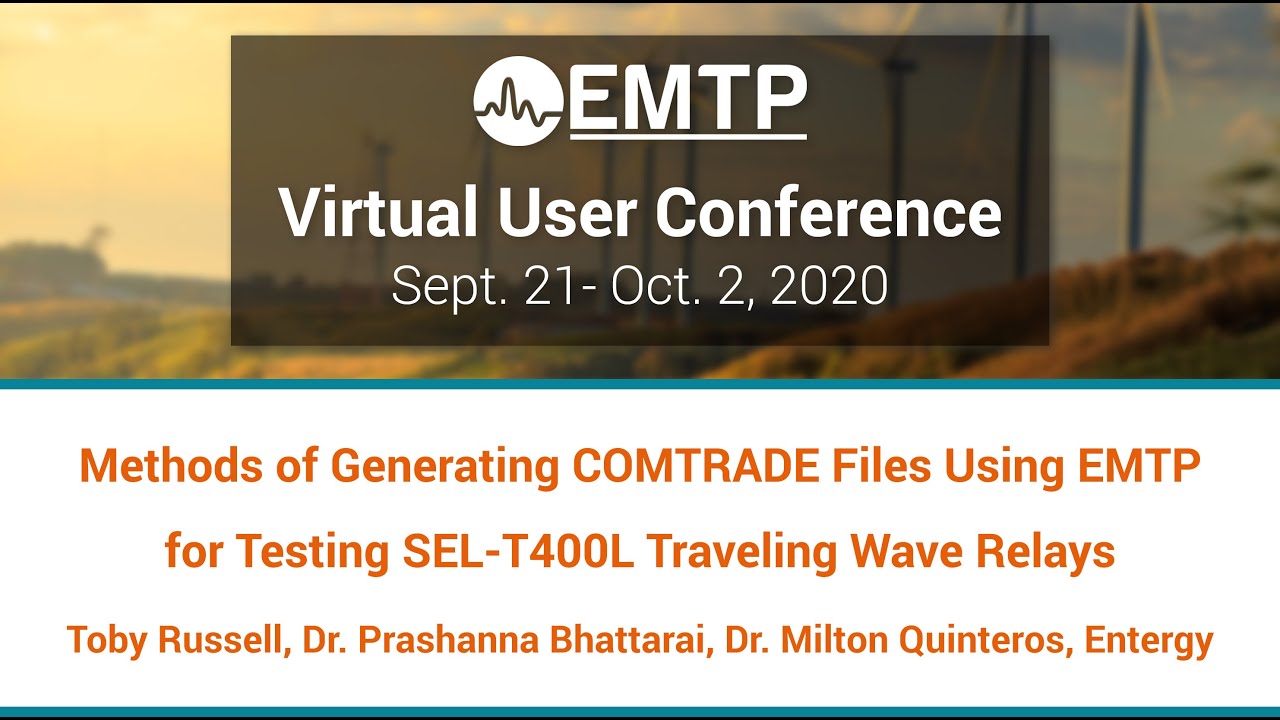
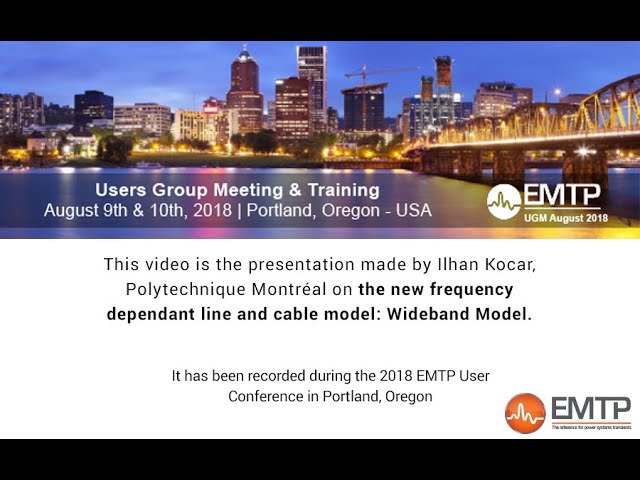
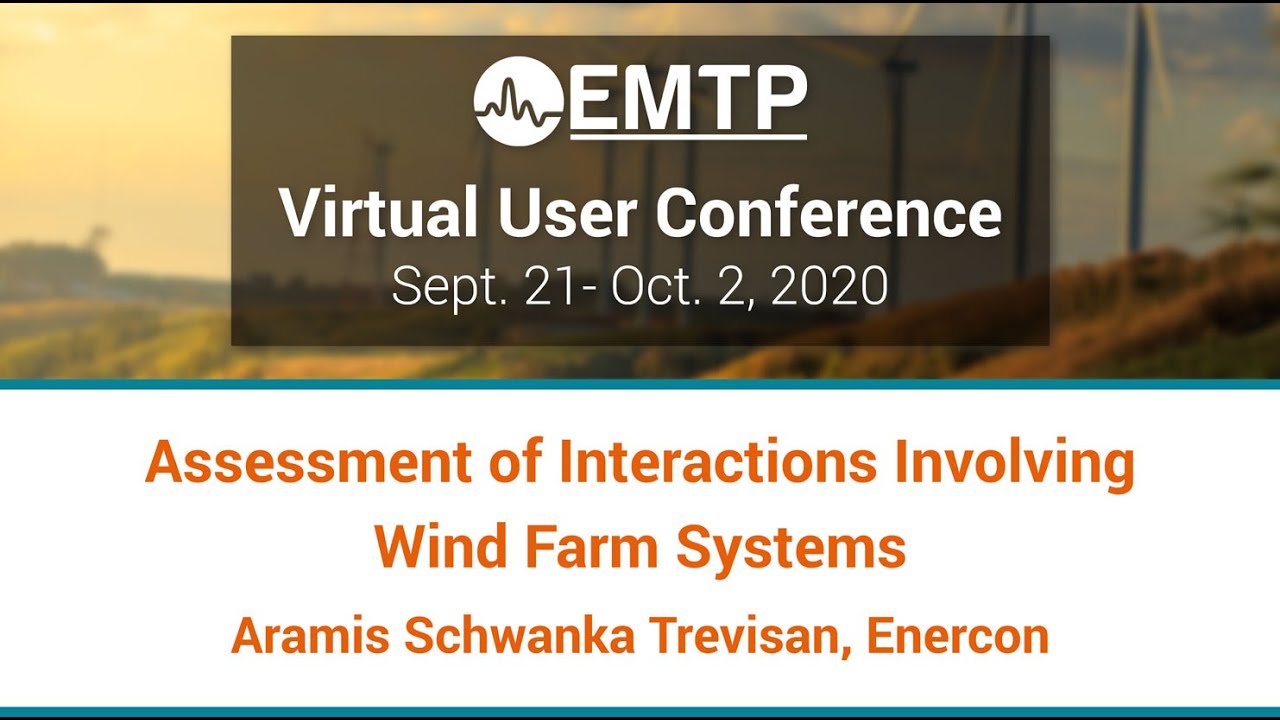
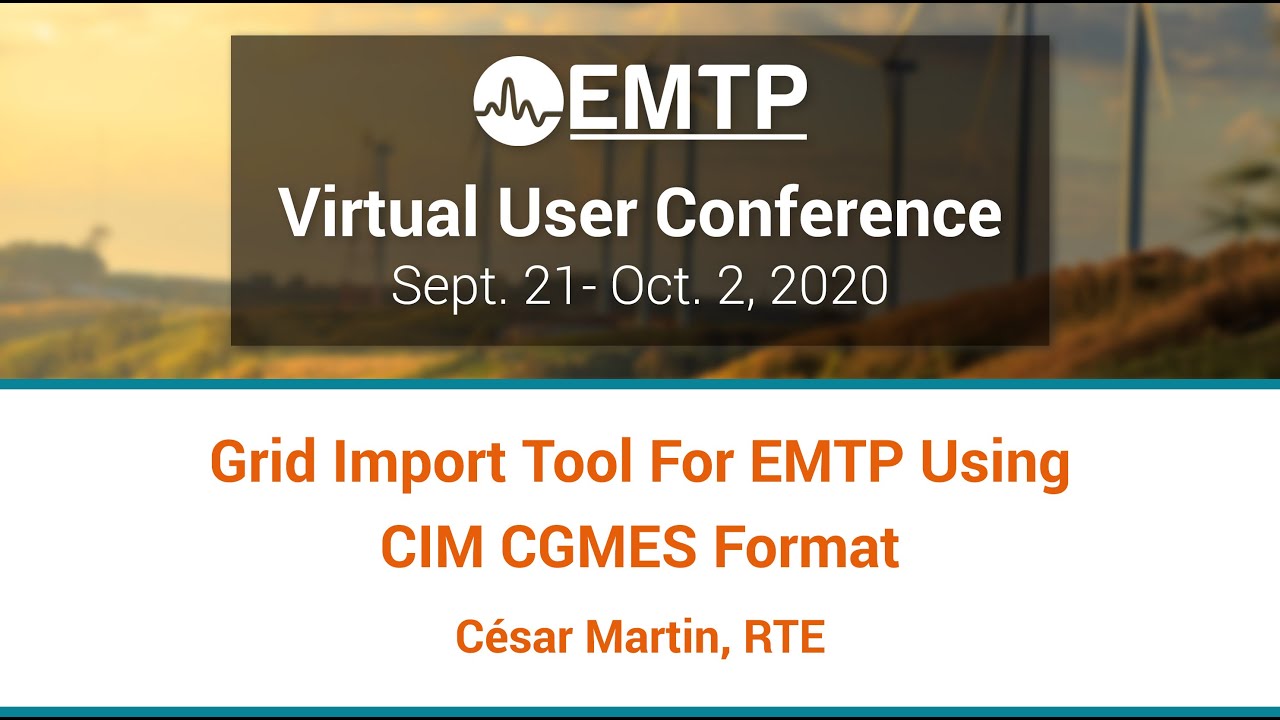
![[R&D]_EMTP : Recherche et développement [R&D]_EMTP : Recherche et développement](https://www.emtp.com/system/files/imagecache/presentation/slide1_1.jpg)
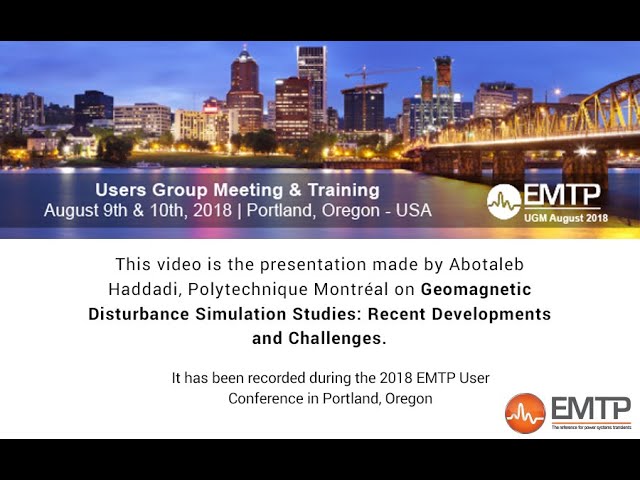
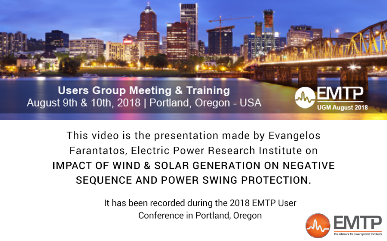
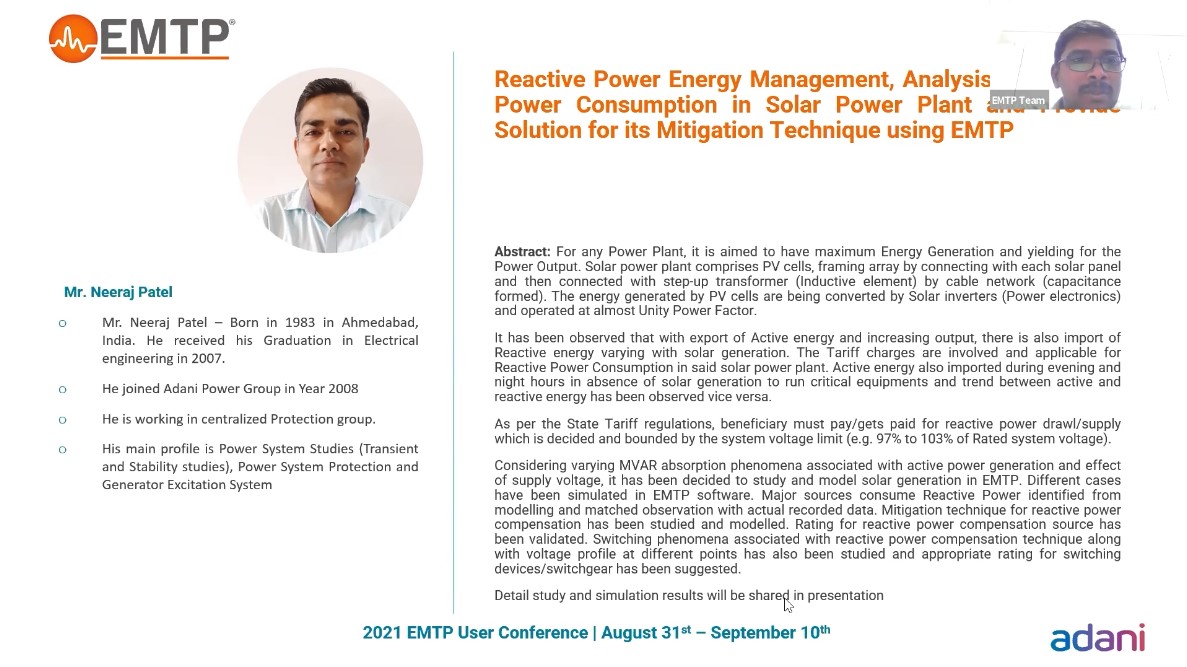
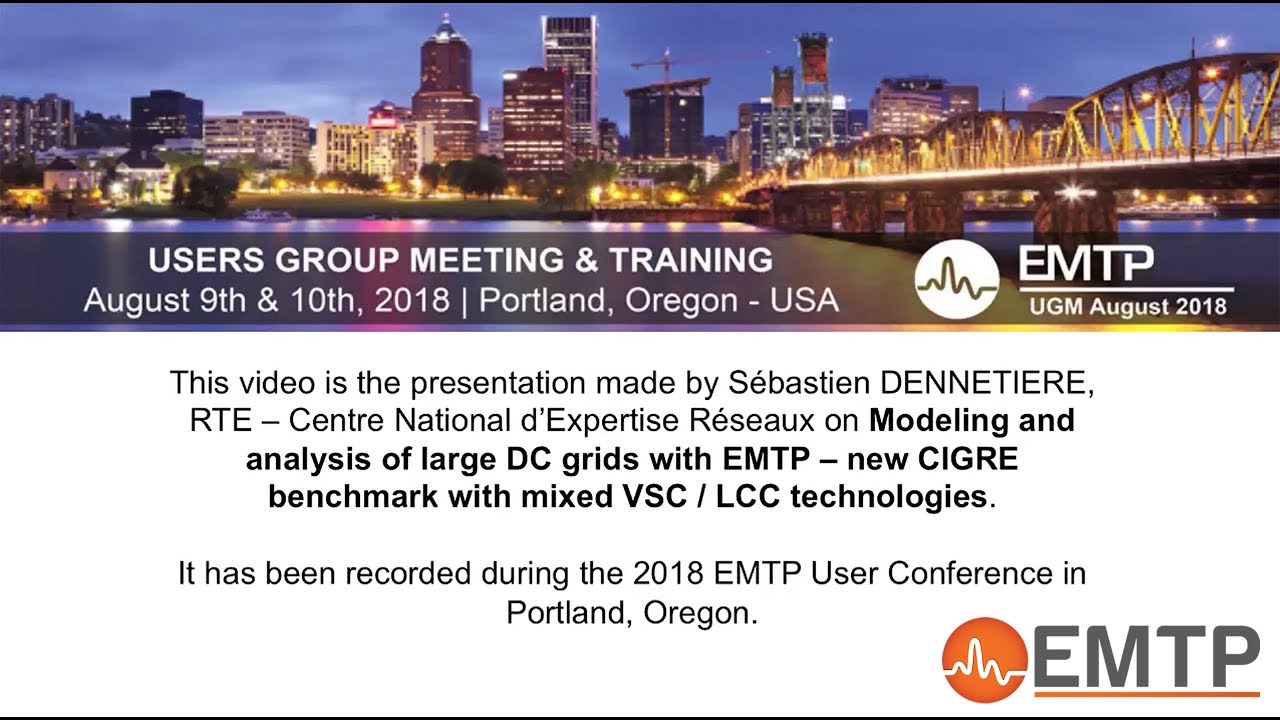
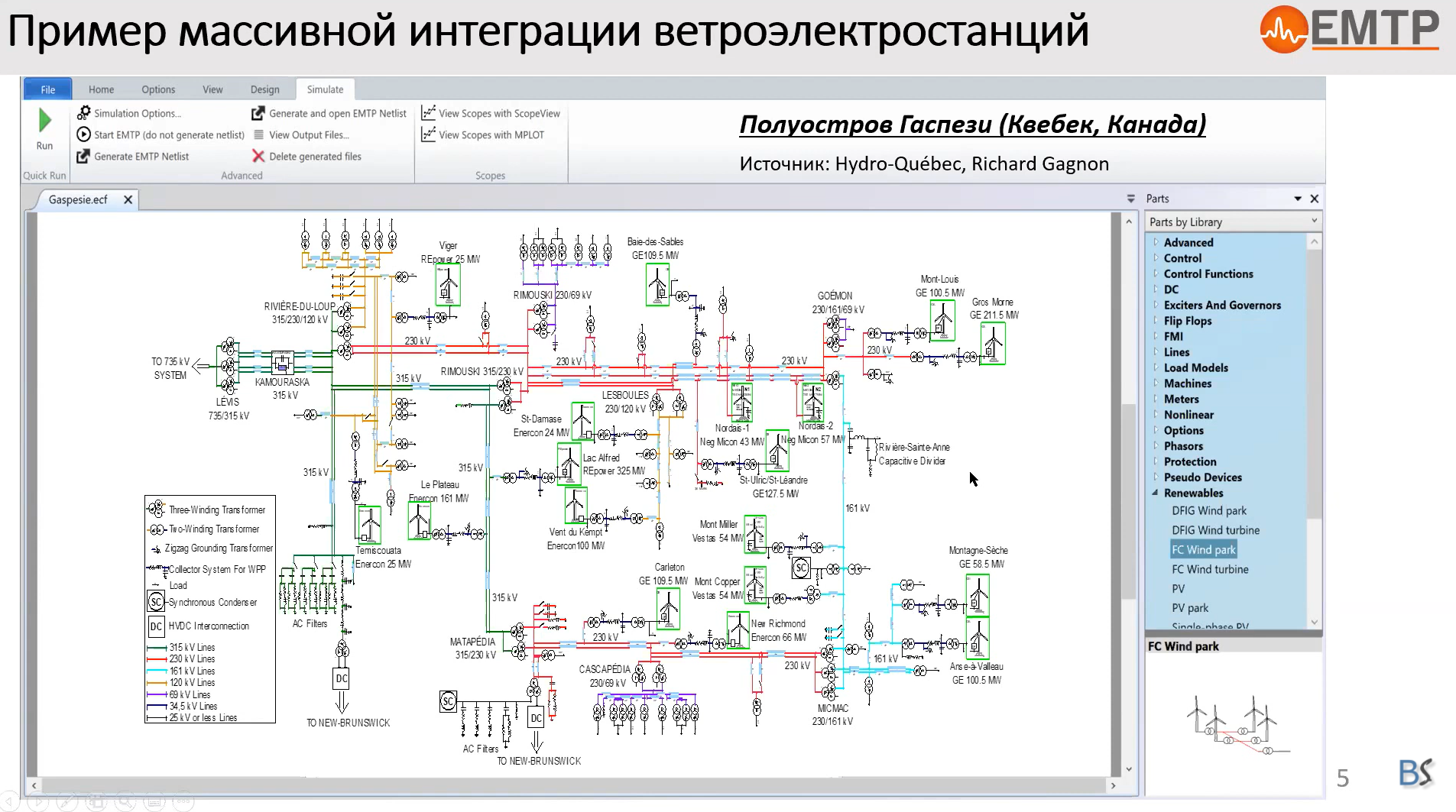
![[Protection_Devices]_Étude des courants coupés par les sectionneurs de changemen [Protection_Devices]_Étude des courants coupés par les sectionneurs de changemen](https://www.emtp.com/system/files/imagecache/presentation/TechnicalPresentation1.jpg)
